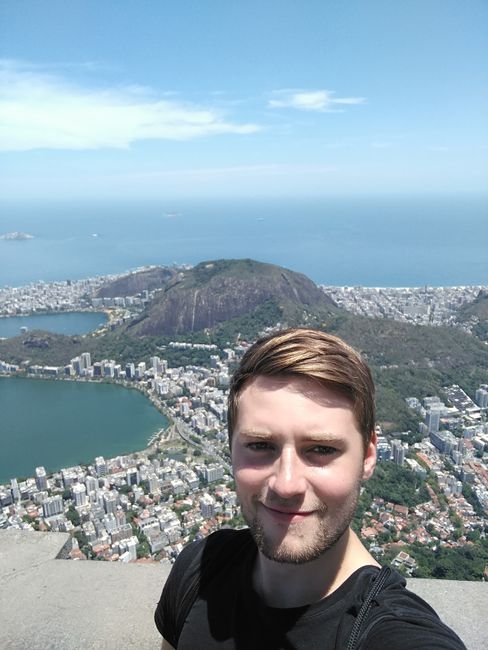La felicidad de la isla cede ante la jungla urbana
Foilsithe: 02.11.2017
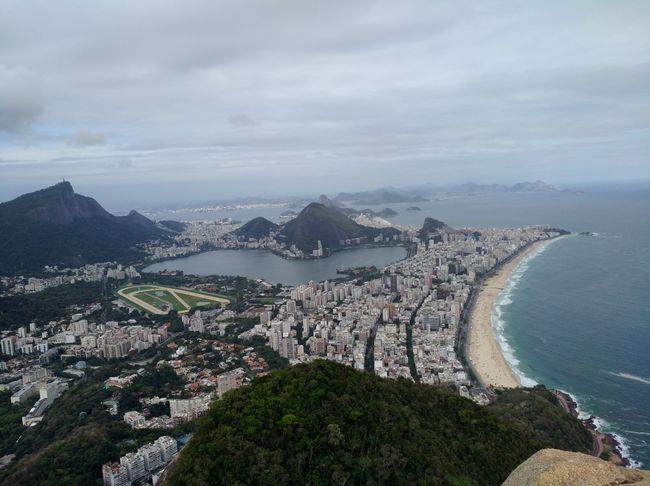
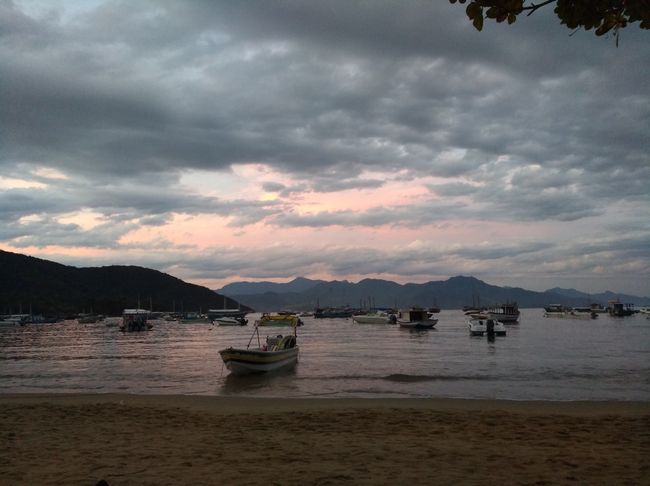
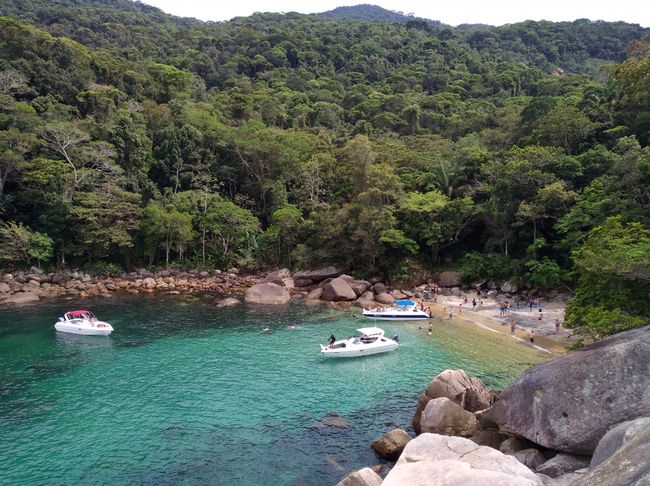
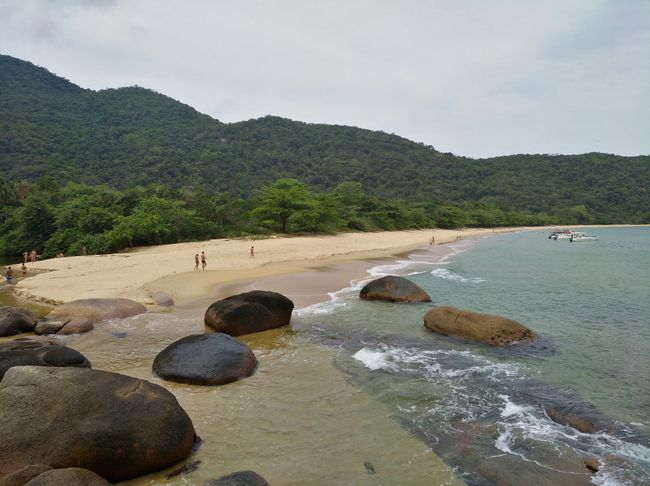
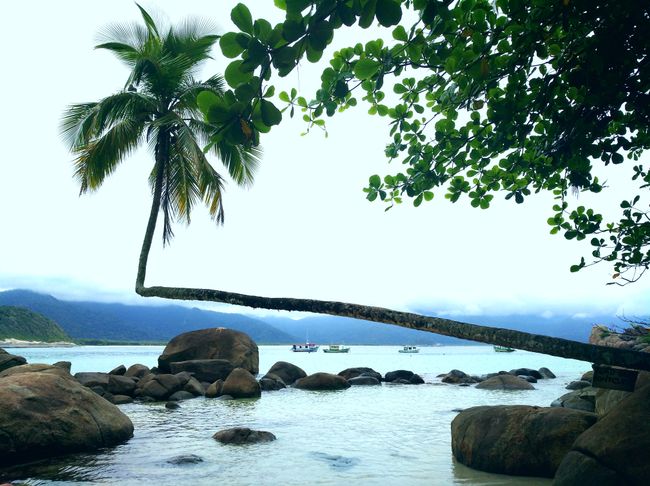
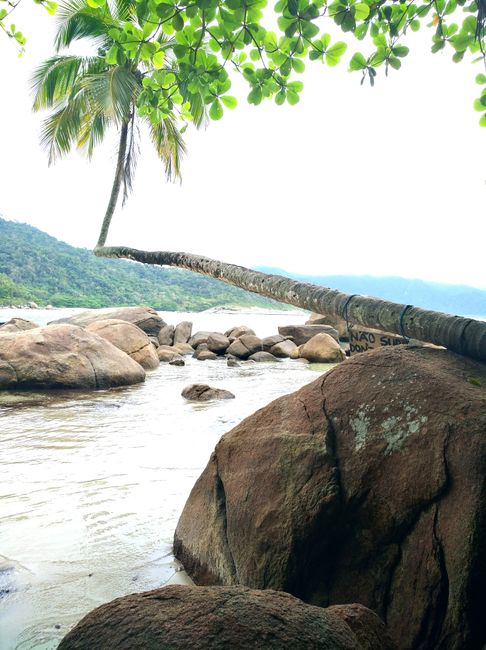
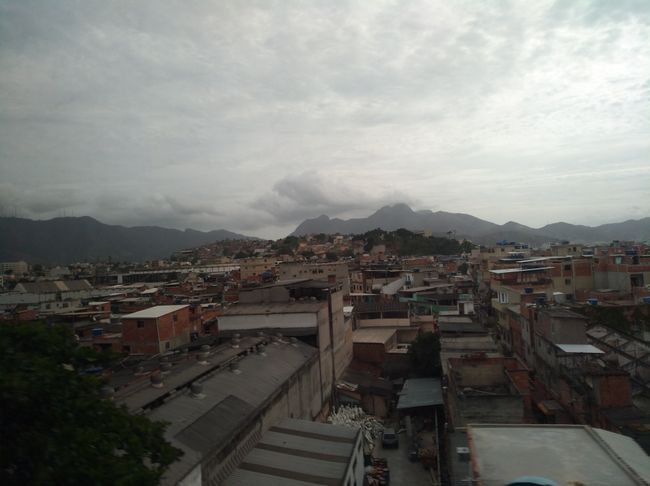
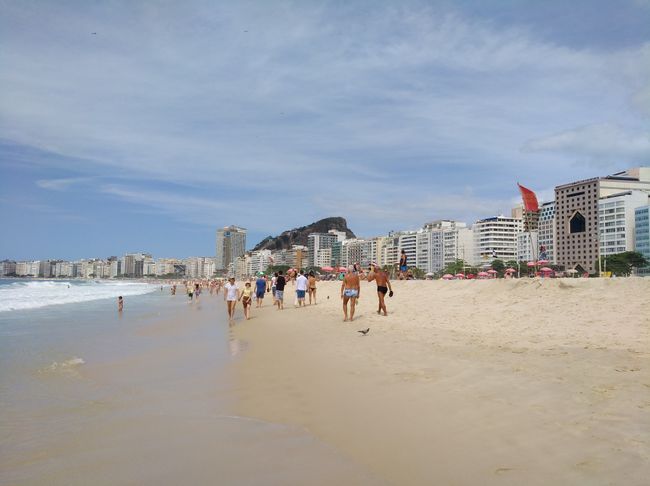
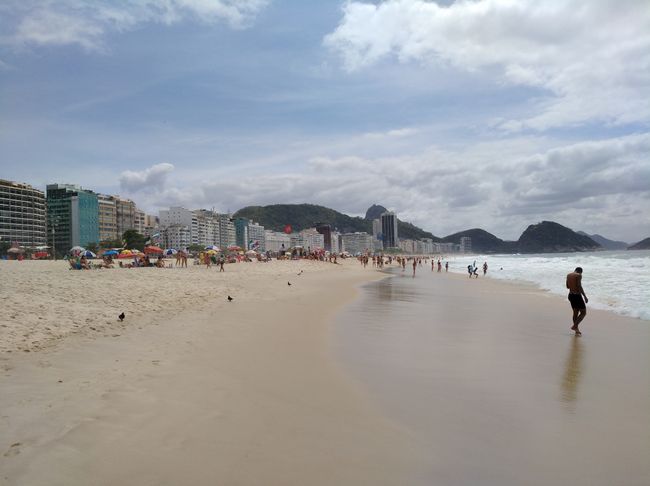
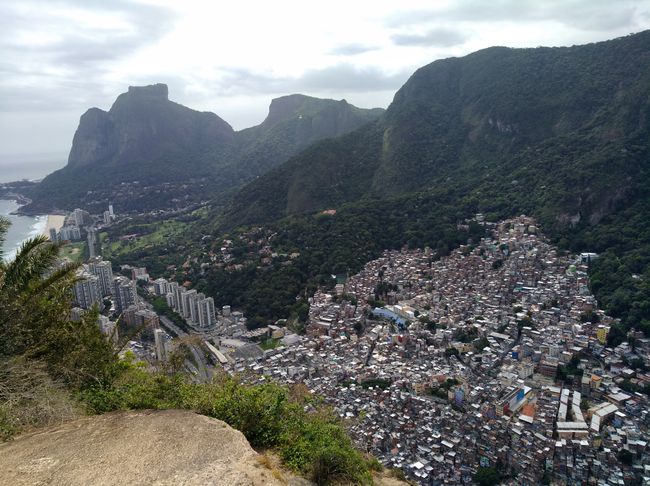
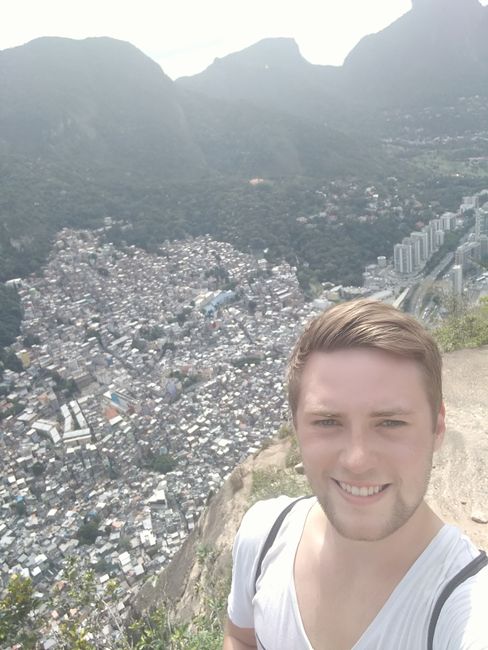
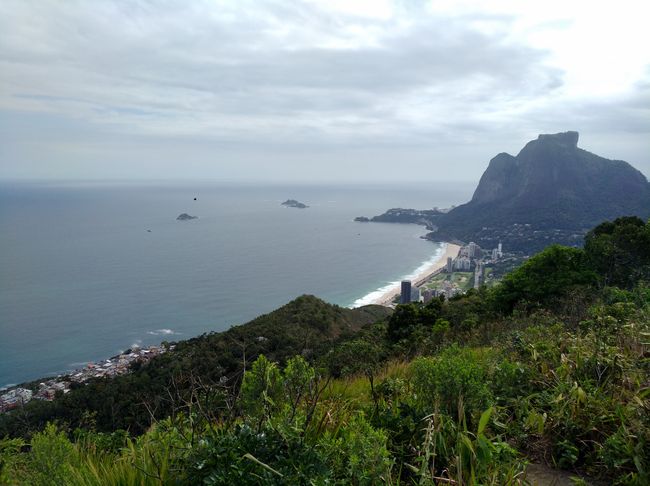
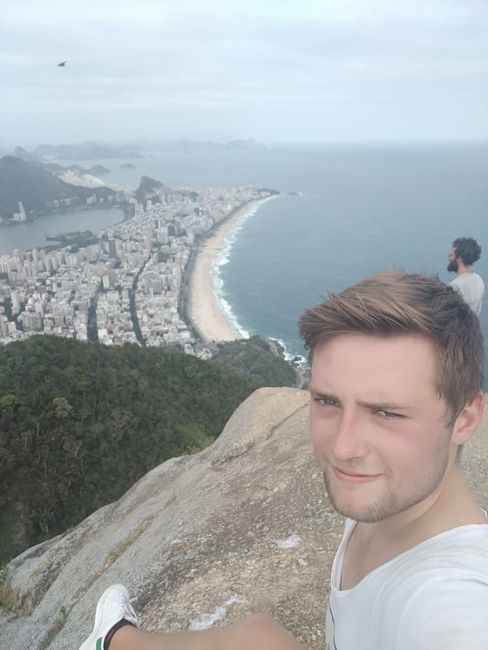
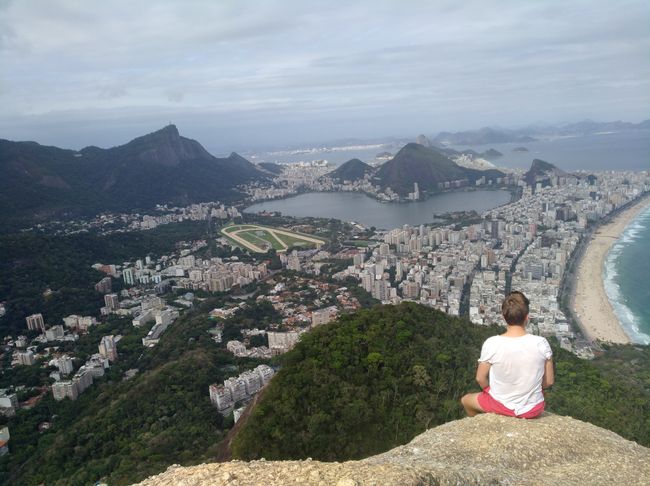
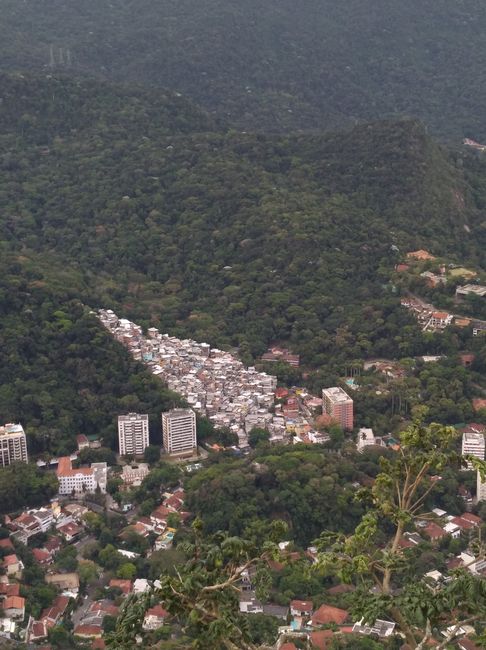
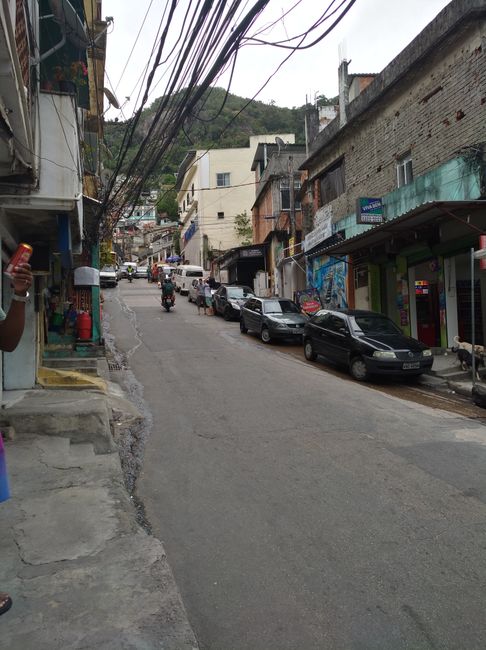
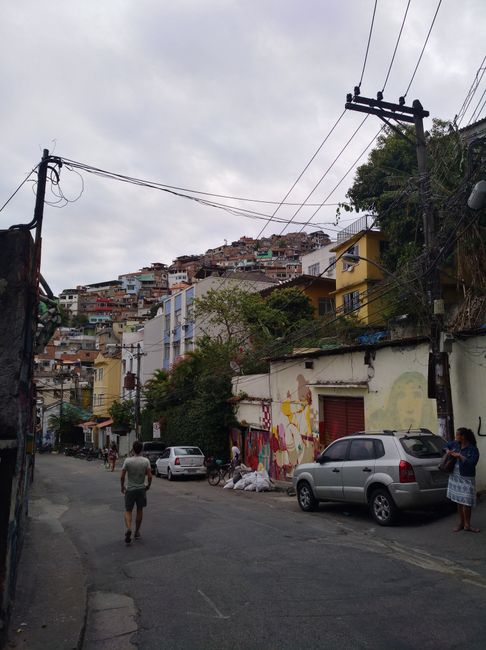
Liostáil le Nuachtlitir
Después de que mi compañero de viaje tuviera que retomar sus obligaciones estudiantiles en Río, me quedé solo en Ilha Grande. Como me había enamorado de la vida insular, decidí quedarme unos días más y extender mi estadía en el Welcome Surf Hostel. Mi hostel era realmente relajado y me llevaba bien con la gente allí. Pero lo mejor fue que las últimas noches tuve la habitación de cuatro camas solo para mí.
El clima seguía siendo un juego de azar y no se podía confiar realmente en las predicciones. Aun así, decidí participar en otra excursión en barco. Por un lado, quería ver de nuevo el lado de la isla que da al mar y, por otro, quería ver obligatoriamente la playa de postal Aventureiro con su famosa palmera.
Esta vez, desafortunadamente, Petrus no estaba de mi lado, ya que el viaje se mantuvo nublado. La excursión, bastante cara con 150 reales (40€), lamentablemente no valió la pena esta vez, ya que el agua estaba un poco fría para nadar y mis 13 compañeros de viaje sudamericanos, incluido el capitán del barco, no hablaban inglés. Así que fue un viaje bastante tranquilo para mí. Además, las playas no se diferenciaron mucho de las que ya había tenido el placer de admirar.
Paramos en la bahía turquesa de Caxadaco y visitamos las playas Praia de Dios Rios y Praia do Aventureiro (praia = playa). Aun así, pude disfrutar del día, relajándome en la playa y logrando terminar mi segundo libro. Además, en Aventureiro también vi la famosa palmera torcida. En esta ocasión, debo dar mi respeto a los muchos fotógrafos, ya que en las fotos la palmera se veía mucho más impresionante que en persona. Desafortunadamente, esto no es un fenómeno poco común.
Al día siguiente, hice una caminata hacia la playa cercana Praia do Abraãozinho y me perdí algunas horas de sol en la playa.
Además, conocí a un grupo de británicos en mi hostel y me uní a ellos para un
Liostáil le Nuachtlitir
Freagra

